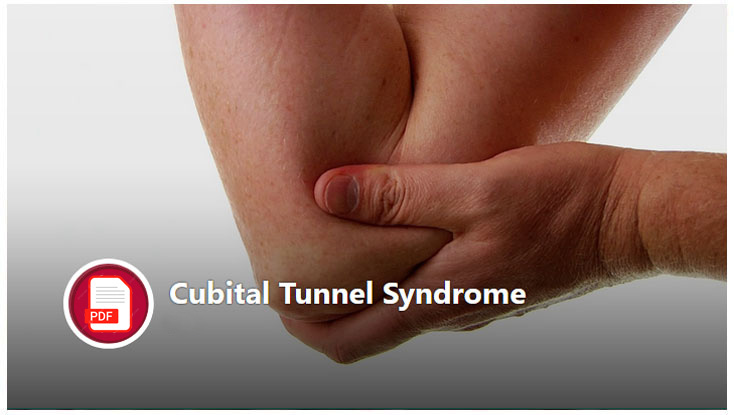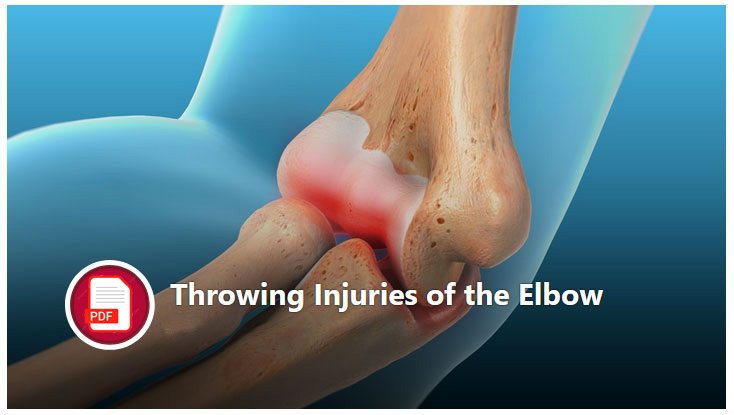Hand & Wrist
How we can help you
We can help diagnose the cause of your hand, wrist or elbow symptoms and put you on the path to recovery.
Hand and wrist pain can be caused by many different conditions, including: carpal tunnel syndrome, tendonitis, tennis elbow, golfer’s elbow, hand and wrist fractures, trigger finger, throwing injuries…
Treatment of these conditions depends on their causes. If surgery is recommended, our surgeons will determine the best approach to treat your hand and wrist injury. We offer both minimally invasive and open surgery options, depending on your needs. If you’re experiencing hand or wrist pain, please contact our office to schedule an appointment. Our team of orthopaedic doctors will help diagnose your condition and provide an effective treatment plan to get you back on the road to recovery.
Our hand surgeon specialists treat a full range of problems of the hand, wrist and elbow including arthritis, broken bones, cubital tunnel syndrome, loss of motion, tendon and nerve injuries, as well as other injuries. Our hand, wrist and elbow specialists have specific training and experience in operative management of complex fractures, arthritis, ligament tears, and nerve disorders.








